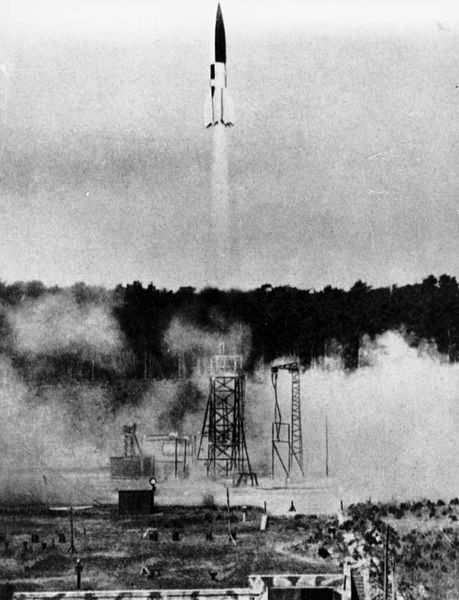Operation Paperclip
WW2 was a both interesting and tragic time in our past. Also, one thing many people undermine is that much of the facts is foggy and many things happened under the nose of the U.S. public. One of those things was Operation Paperclip
Operation
Paperclip was a top-secret program conducted by the United States government in
the aftermath of World War II, which aimed to recruit Nazi scientists and
engineers for employment in the US military and intelligence agencies. The
program was launched in 1945 and continued until 1957, during which time over
1,600 scientists and technicians were brought to the United States, despite
their past association with the Nazi regime.
The origins
of Operation Paperclip date back to the final months of World War II when it
became clear that the United States was going to be the primary superpower
after the war. At the time, the United States was keen to gain access to the
scientific and technological expertise of Nazi Germany, particularly in the
areas of rocketry and aerospace technology.
In order to
achieve this, the United States launched Operation Paperclip, which aimed to
identify and recruit German scientists and engineers with expertise in these
areas. The goal of the program was to bring these individuals to the United
States, where they could continue their work on behalf of the US military and
intelligence agencies.
The
recruitment and selection process for Operation Paperclip was carried out by a
team of US intelligence officers, who were tasked with identifying the most
talented German scientists and engineers in the fields of rocketry, aerospace
technology, and other areas of interest. Many of the
scientists and engineers who were targeted for recruitment under Operation
Paperclip had previously worked on weapons programs for the Nazi regime,
including the V-2 rocket program, which had been used to bomb London during the
war.
Despite
their past association with the Nazi regime, these individuals were seen 's. as
valuable assets to the United States, and their expertise was considered
critical to the development of advanced military technology in the post-war
era. The
recruitment of Nazi scientists and engineers under Operation Paperclip was
controversial from the outset, and it remains a source of criticism and
condemnation to this day. One of the
most significant criticisms of the program was that it involved the recruitment
of individuals who had played key roles in the development of weapons programs
that had been used to kill Allied soldiers and civilians during the war. Many of
these scientists and engineers had also been members of the Nazi party or had
expressed support for Nazi ideology, raising concerns about their suitability
for employment in the US military and intelligence agencies. There were
also concerns that the recruitment of Nazi scientists and engineers under
Operation Paperclip would provide a propaganda victory to the Soviet Union,
which was also seeking to recruit German scientists and engineers at the time. Despite
these criticisms, the United States government continued to support Operation
Paperclip, arguing that it was necessary to ensure that the country remained at
the forefront of scientific and technological innovation in the post-war era.
The impact
of Operation Paperclip on the US military and intelligence agencies was
significant. Many of the scientists and engineers who were recruited under the
program went on to make significant contributions to the development of
advanced military technology, including missile systems, surveillance
equipment, and other key innovations. Perhaps the
most notable of these was Wernher von Braun, a former member of the Nazi party
who had played a key role in the development of the V-2 rocket program. Von
Braun was brought to the United States under Operation Paperclip and went on to
lead the development of the Saturn V rocket, which was used to launch the
Apollo missions to the moon. Along with these accomplishments, Wernher was the former Head of NASA. Other
notable figures who were recruited under Operation Paperclip included Arthur
Rudolph, who helped develop the Pershing missile system, and Hubertus
Strughold, who is considered one of the fathers of space medicine.
Operation
Paperclip remains a controversial chapter in the history of the United States
government, and it has raised important questions about the ethical
considerations involved in.
Why are these things important to know? Operation Paperclip wasn't declassified not until the 1990's and was a conspiracy theory until then. Even today the general public doesn't acknowledge this. What's to say that the U.S. government is doing something similar or worse today. What if most conspiracies happening today, are true in 40 years.



Undoubtedly, this is a very interesting piece of history, but to pontificate on the validity of conspiracies happening today with the evidence of the "operation paperclip" theory being true, is a stretch. There are many reasons we give our government the power of classification. To answer your question in the conclusion, if the US government is doing something similar, I would imagine it would be in the American people's interest. Awesome article though!
ReplyDelete